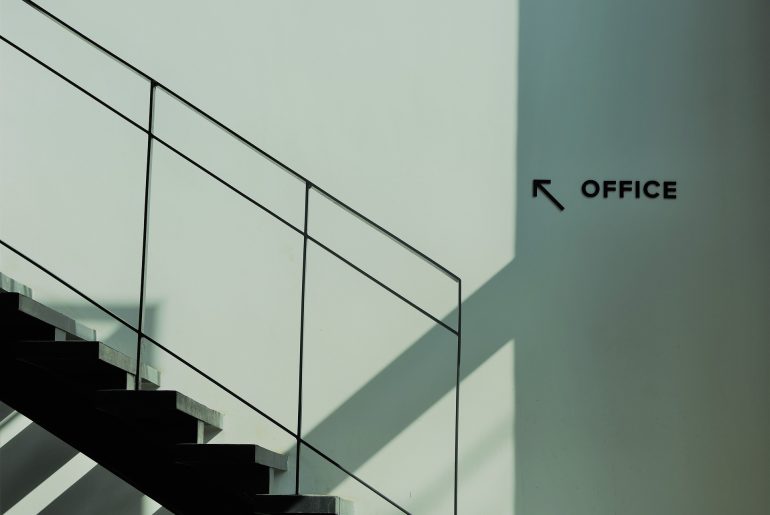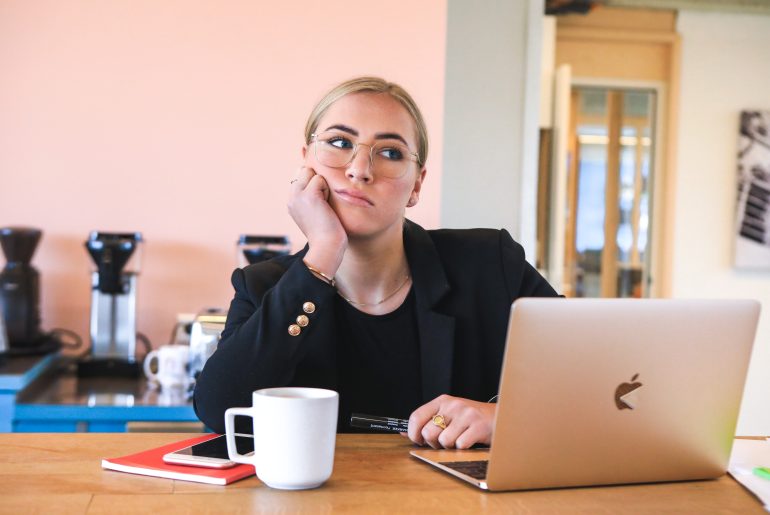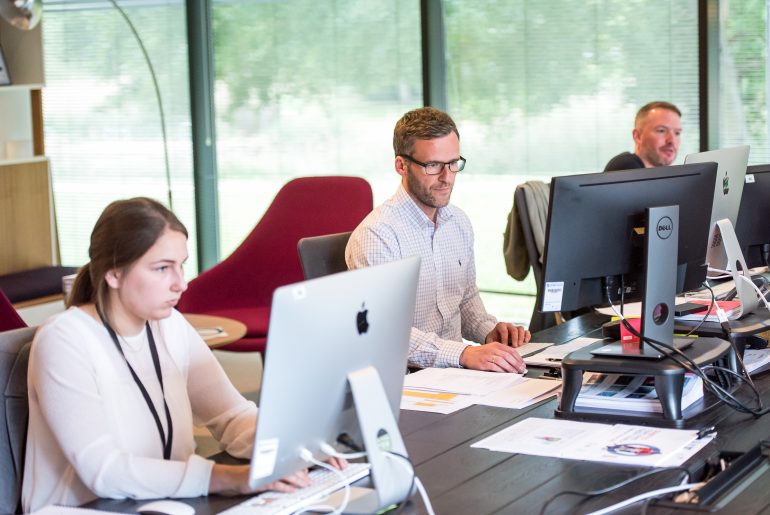In a typical week in the office, workers on average can spend 30 hours of their workday sitting, with much of this accrued in prolonged, unbroken bouts. Sedentary behaviours, such as sitting, increases ‘bad’ cholesterol (LDL–C), decreases ‘good’ cholesterol (HDL–C) levels and increases the risk of abnormal glucose metabolism. These physiological markers can contribute to an increased risk of cancer, cardiovascular disease mortality, and diabetes. Previous studies have found that regularly breaking up prolonged sitting with activity breaks can have benefit for these indicators of cardiometabolic health in a laboratory setting. However, the impacts of regular breaks in an office setting are less clear. One simple way to increase breaks in prolonged sitting is to schedule short 2-minute activity breaks throughout the day by climbing stairs. A recent pilot study published in BMC Public Health Journal investigated the feasibility of introducing prompted stair climbing exercise breaks into the workplace and assessed any resulting improvements in glucose and cholesterol levels. It also evaluated the acceptability of such activity as an interruption of their work. What was done? Over eight weeks, 16 sedentary office workers from the United Kingdom (five females) took part in this quasi-experimental research study. Blood samples were taken…
![]()







